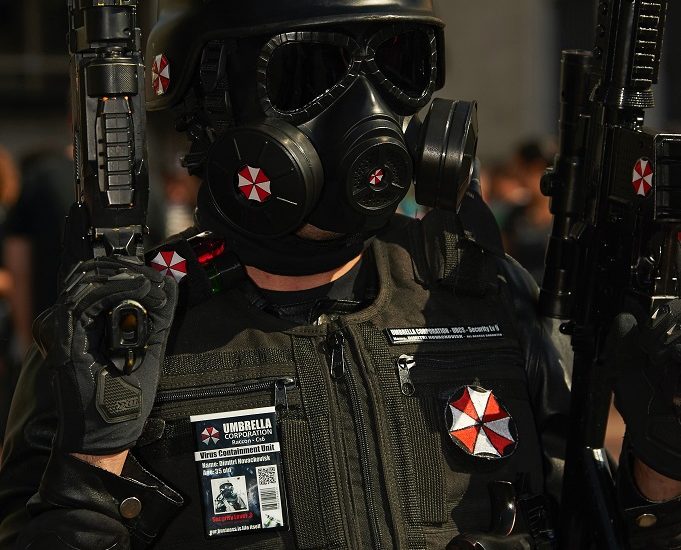Personal protective equipment (PPE) is critical when it comes to ensuring the safety and protection of law enforcement personnel, military troops, and security personnel. It’s essential to have the right type of PPE for the job to minimize the risk of injury or even death. So, what are the different types of personal protective equipment available today? In this blog post, we will explore the various types of PPE and their uses.
1. Head Protection:
Head protection is an essential type of PPE for personnel who are working in hazardous environments like construction sites, military combat zones, and law enforcement operations. Head protection includes protective helmets that can withstand impact and penetration from falling objects, flying debris, or other hazardous incidents. In addition, head protection also includes flame-resistant hoods and balaclavas for use in flame-retardant operations.
2. Eye & Face Protection:
Eye and face PPE are critical to preventing eye and facial injuries. These types of PPE can include safety glasses, goggles, face shields, and welding helmets. They protect the eyes and face from flying debris, chemical splashes, fumes, and ultraviolet (UV) radiation that can be harmful to one’s health.
3. Hearing Protection:
Noise-induced hearing loss can occur when workers are exposed to high noise levels for prolonged periods. Hearing protection equipment is essential in limiting exposure to high-frequency and sustained loud noises. This can include earplugs, ear muffs, and noise-canceling technology.
4. Respiratory Protection:
Respiratory PPE is crucial for minimizing exposure to hazardous dust, fumes, and chemicals in the air. This can include particulate respirators, gas masks, and air-purifying respirators. It’s important to select the right type of respiratory PPE for the job to ensure that one is protected from exposure to dangerous chemicals and substances.
5. Body Protection:
Body protection equipment is designed to minimize the risk of injury or impact while performing tasks in hazardous environments. This can include vests, jackets, and full-body suits. Personnel working in hazardous environments like construction sites, military operations, and security tasks, should wear the right type of body protection to prevent injury or exposure to toxic substances.
In conclusion, personal protective equipment is crucial when working in hazardous environments. The different types of PPE provide various levels of protection to personnel and are all critical in preventing injuries and minimizing the risk of exposure to dangerous chemicals, fumes, or substances. When selecting PPE, it’s essential to ensure that the equipment is appropriate for the job and that personnel are trained in the correct use and maintenance of the PPE. Remember, prevention is better than cure, and personal protective equipment can save lives!
For more articles, please click here.



Recent Comments